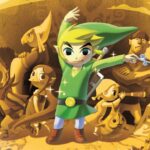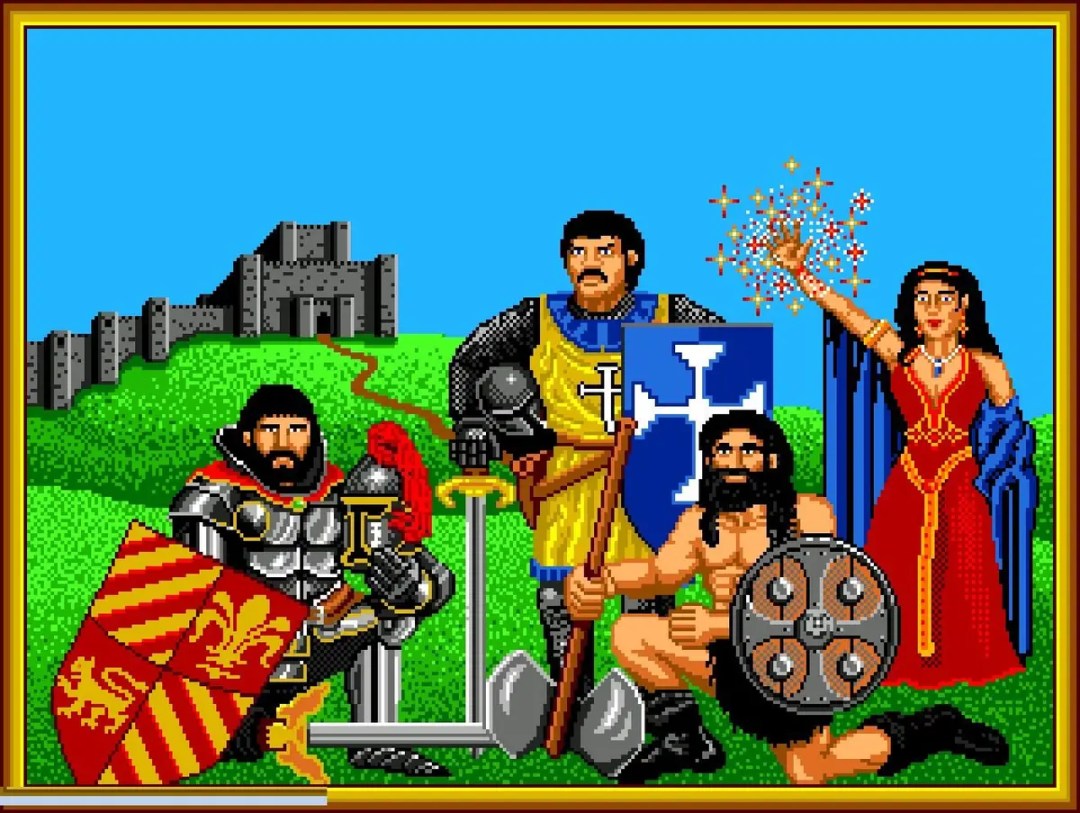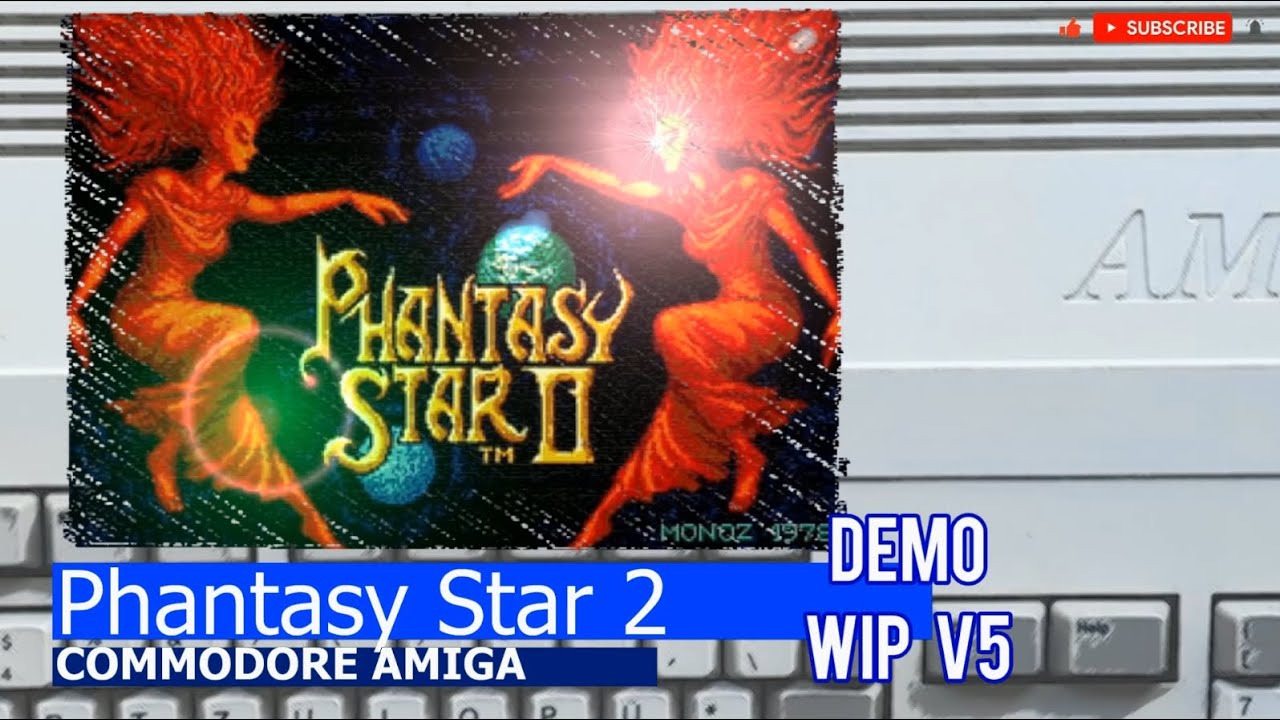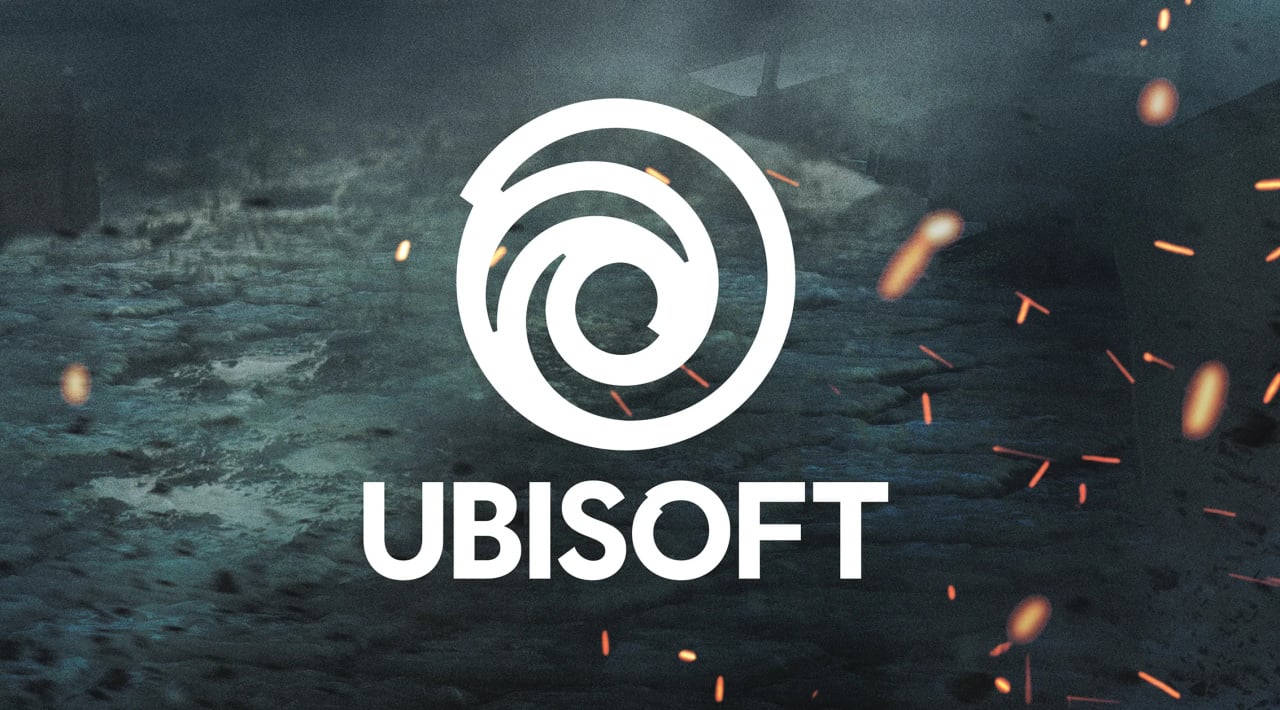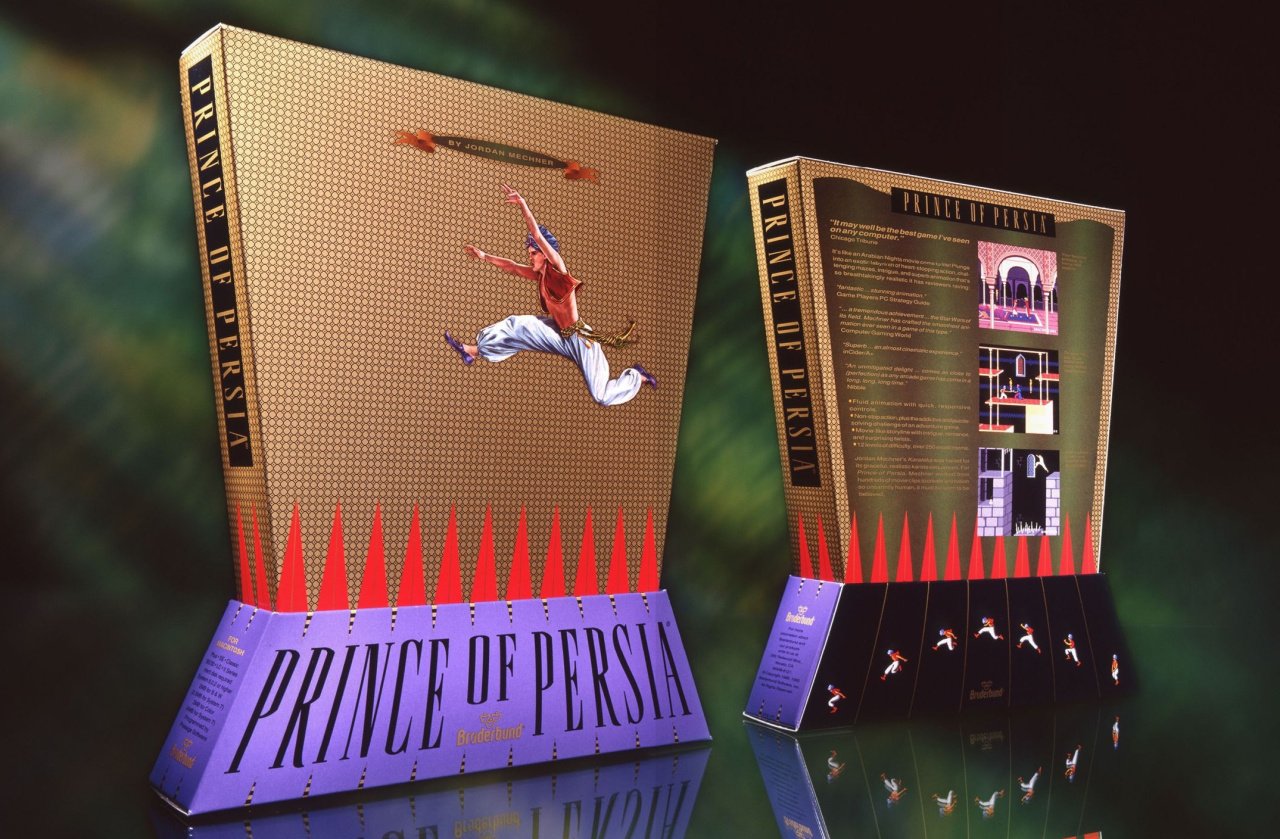Released in 1990 on PC and 1991 on the Sega Genesis, King’s Bounty is a strategy/RPG that even the most hardcore of gamers may have missed when it was originally hit shelves. However its place among the greatest strategy/role-playing games of all time should never be questioned. The spiritual predecessor to New World Computing’s massively-popular Heroes of Might and Magic series, King’s Bounty was a huge risk, but one that eventually paid off tremendously. Without King’s Bounty, it’s hard to see the first series in the franchise, Might and Magic developing into a game that would go on to spawn over a dozen sequels, spin-offs and DLC. On its own merits, however, King’s Bounty is a game that merged the strategy and RPG genres into something that was smooth, deep, challenging and most of all, fun.
“I think it was the first of its kind and had a lot of great game systems all working well together,” King’s Bounty creator Jon Van Caneghem said. “More simply, it was original and fun to play.”
King’s Bounty is a wonderful title and one that merits discussion over 20 years after its release is that in terms of gameplay, it is essentially Pokemon meets Dungeons and Dragons. At the start of the game, gamers must build their own army, ranging from Pikemen and Archers to eventually Vampires and even Zombies [and like Pokemon, they all had their own strengths and weaknesses] and defeat 17 villains across four different continents in an effort to save the world. In order to do that, you’ll have to collect 25 pieces of a map that’ll lead you to the Sceptre of Order, an item needed to save the life of King Maximus and defeat the evil Arech Dragonbreath. If time runs out, it’s game over. Playing like a classic tabletop adventure, time is always a factor. You can ill afford to waste it. While there aren’t gyms in King’s Bounty to battle in like Pokemon, the acquisition of smaller kingdoms and castles [flooded with criminals that can be captured and defeated to gain experience and cash to build your army] make it a game that any hardcore Pokemon fan can get into. This element alone will invest you in the game and make you care- a lot more than you would have originally thought when you first fire it up. Add in the fact that the location of the Sceptre of Order is randomized every time you play and the game has nearly unlimited replay value.
The fact that all the creatures in your armies played different, with their own strengths and weaknesses, gave you a ton of different ways to build your army. It gave King’s Bounty plenty of replayability as well. Much like Pokemon, creatures are native to certain areas and after defeating villains and exploring. The gamer also got access to treasure chests and spells which allowed them to make their teams stronger. By the time you’re a few hours in, you care about your army and every time you take heavy losses in battle, you’ll feel it. While a single-player experience, it’s the type of game you could watch your friends play and easily get entranced enough to start your own adventure. Not exactly what Van Caneghem had in mind when making the game. Nevertheless, it’s still an interesting part of the gameplay that keeps players consistently coming back for more.
“I always thought players would get attached to the Heroes. The creatures were meant to be consumables,” Van Caneghem said. “It was interesting that many players become very attached to the actual teams.”
Pokemon creator Satoshi Tajiri has said in interviews in the past that he was inspired by his love of bug collecting as a kid for his series. Ironically, although much different in setting and inspiration, King’s Bounty possesses so many of the qualities that Game Freak’s iconic title does. After a few minutes of gameplay, it’s impossible to not see the similarities. Although it may not be nearly as successful as Pokemon, it deserves a place among some of the most influential titles of all time for just being one of the first to combine the strategy and RPG genres so seamlessly. Unlike Tajiri, Van Caneghem got his inspiration for the game from a much different place than the forests and bugs of Japan. Already a seasoned developer by the time he began development on King’s Bounty, Van Caneghem was hungry to create something new.
“RPG and strategy had always been my favorite types of board games and with the success of the Might and Magic RPGs, I decided that I wanted to make a cool fantasy strategy game,” Van Caneghem said. “I wanted everything that I had enjoyed from numerous board games all wrapped into one game adapted for a computer game: character classes, exploration, RPG elements, puzzles, creatures used as consumable armies, artifacts, a tactical combat system, resources, and a budget. But most importantly, a game that you could play in a few hours, get a score and play over and over trying new strategies and difficulty settings.”
Simply put, Van Caneghem’s team knew how to hook players. Not even 30 by the time King’s Bounty was released, Van Caneghem already had four other games under his belt [two not of the Might & Magic franchise], all with various degree of success. A UCLA graduate, Van Caneghem eventually pulled out of a pre-medical program and majored in computer science. That’s where his heart was. It showed in his games. But like most great artists, Van Caneghem knew where to hit gamers the most. For example, the “game over” screen in King’s Bounty was one that made you feel terrible for failing the King and almost forced you to try again: “You have failed to recover the Sceptre of Order in time to save the land! Beloved King Maximus has died and the Demon King Urthrax Killspite rules in his place. The Four Continents lay in ruin about you, its people doomed to a life of misery and oppression because you could not find the Sceptre.” That just hurts. Enough to make you sometimes give up on your team you invested hours in and start all over again. How many Pokemon players have done that?
Although it can be beaten in about a half dozen hours if you’re a completionist, the variety of characters, things to do and fun battles make it a classic. Regardless, it completely slipped under the radar for many console gamers in the early ‘90s. That has everything to do with its uniqueness. Simply put, this is a game that is nothing like many of the first-person RPGs [Shining in the Darkness, for example] of the beginning of the Sega Genesis’ lifespan. Although far from sexy visually [the horse in the game only gallops east and west, even if you’re moving north and south] it’s a classic tabletop experience built to work on the Sega Genesis and DOS. More of a strategy game than true RPG, the management of troops will remind many of the Game Boy Advance classic Advance Wars. But thanks to the fun story and exploration factor, it’s got just enough RPG elements to attract a variety of gamers.
Prior to King’s Bounty, Van Cangehem created the Might and Magic RPG series on the Apple II in 1986. Four years later, the series spawned a sequel and plenty of fan support. Van Cangehem still wanted to try something different. Straying away from the first-person view and adopting a bird’s eye view of the action, King’s Bounty is definitely an evolution of the series. For that reason, many gamers had no idea it was connected to the Might and Magic franchise at all. A few years later, however and you could see just how much this one-off game influenced the mind of Van Caneghem.
“This was my first game that I focused more on design and handed most of the programming over to my colleague and friend Mark Caldwell,” Van Caneghem said. “Together we rapidly iterated the game and tried lots of different ideas for game systems and features. It was great fun and led to a dynamic team that was the foundation of all the Might and Magic and Heroes games yet to come. Although I really missed programming, I realized I could create bigger and better games by designing and leading a team. It’s very difficult to create something new and original.”
Despite the fact that the game is one of the most unique strategy-RPGs of its era, Van Caneghem and his team were heavily inspired by pop-culture. “Many of the villains in the game are loosely based on friends and people who worked on the game. A lot of influence (and daily fun) came from movies like Excalibur, Princess Bride, and everything Monty Python,” Van Caneghem said. The game’s programmer Mark Caldwell, who later went on to work on titles the likes of TNA Impact, Unreal Tournament III and Lords of Everquest, also created the game’s score. Even by today’s standards, the score is uber catchy and sets the medieval tone nicely.
“Given how primitive the tools and resources we had, it came out great,” Van Caneghem said. “We also had quite a few laughs with the sound, I still remember Mark’s favorite was the combat win theme, he would sing, ‘We kicked their butts and now we get their stuff.’ It matched perfectly.”
You’d think that a game did so many things well, from the deep gameplay and excellent score, would have no problems selling. King’s Bounty however, according to Van Caneghem didn’t realize its true potential until it was ported from the Apple II to the Sega Genesis and a few other systems. The Genesis version featured several changes however, from being unable to name your characters and a small change in gameplay [allowing enemies to move towards you and engage in combat] that made the game more challenging. Nevertheless, it was still one of the best games released on the console in 1991. Like many cult games however, it wasn’t until years later that the gaming world saw how influential King’s Bounty was.
“One of the difficulties with King’s Bounty was we couldn’t get much shelf space at retail. In fact, one retailer told us if it was a Might and Magic game things would be different,” Van Caneghem said. “So King’s Bounty 2 of Might and Magic wasn’t going to work. I kept the ‘Heroes’ from King’s Bounty and that’s how we got to Heroes of Might and Magic. Not exactly a sequel, but an evolution of the game mechanics and features that people liked from King’s Bounty, with additional new ideas and systems.”
Blending RPG and strategy elements together almost seamlessly, King’s Bounty is a memorable title on every console and platform it was released on. On the Sega Genesis however, it was something completely unique for its time. There simply isn’t another game like it on the system. Its importance on the future of Van Caneghem’s career and the future of the Heroes of Might and Magic series cannot be denied either. Sadly, however, King’s Bounty will never have a sequel. Well, at least from the original team that developed it. Van Caneghem’s New Word Computing was acquired by 3DO in 1996 for $13M. Ubisoft now holds the rights to the “Heroes of Might and Magic” series.
In 2008, Russian developer Katauri Interactive also purchased the rights to the King’s Bounty series and created King’s Bounty: The Legend. That continuation of the franchise has released several other games in the series including King’s Bounty: Warriors of the North, King’s Bounty: Crossworlds, King’s Bounty: Armored Princess and King’s Bounty: Dark Side. While those games have gone on to sell well and try to capture the essence of the original with better technology, hardcore fans would argue that you can’t have a sequel to the game without Van Caneghem and Caldwell’s participation.
The main reason for a lack of a sequel was Van Caneghem’s development on other landmark franchises. We’ve already discussed his role as the main mind before Might and Magic and later, Heroes of Might and Magic, but his resume certainly doesn’t end there either. Going on to play a role in the Command & Conquer series and recently releasing his first game on the mobile market in 2017 dubbed Creature Quest, Van Caneghem is far from finished creating. At the same time, he owes a lot of his success to an RPG-strategy game that forced him to flex the creative muscles he’s been known for now for over 25 years.
“King’s Bounty will always be special for me. It was my first strategy game I designed,” Van Caneghem said. “After it shipped, I went back to focusing on the Might and Magic RPGs. Without the fans’ continuous support and relentless asking for a sequel, Heroes of Might and Magic would have never been made.”
The post King’s Bounty: Putting the “Heroes” Into “Might and Magic” appeared first on Old School Gamer Magazine.


